What is Teeth Whitening
Teeth whitening is a popular cosmetic dental procedure designed to lighten the color of your teeth and remove stains and discoloration. Over time, teeth can become stained due to various factors such as aging, food and beverages (coffee, tea, red wine), smoking, and certain medications. Whitening treatments use bleaching agents to break down the stains, resulting in a brighter, more radiant smile. There are several methods available, from professional treatments offered by dentists to at-home kits and natural remedies. Understanding the different options and their effectiveness is key to achieving the desired results and maintaining a healthy, beautiful smile.
Understanding White Light Teeth Whitening
White Light is an at-home teeth whitening system marketed as an easy and affordable way to achieve a brighter smile. It typically involves applying a whitening gel to your teeth using a tray and then using a blue light device to accelerate the whitening process. The blue light is believed to activate the bleaching agents in the gel, enhancing their effectiveness. White Light systems are readily available online and in drugstores, making them a convenient option for consumers. However, it’s important to research and understand the product’s ingredients, effectiveness, and potential side effects before use. Always consult with a dentist if you are concerned about how white light will work.
How White Light Works
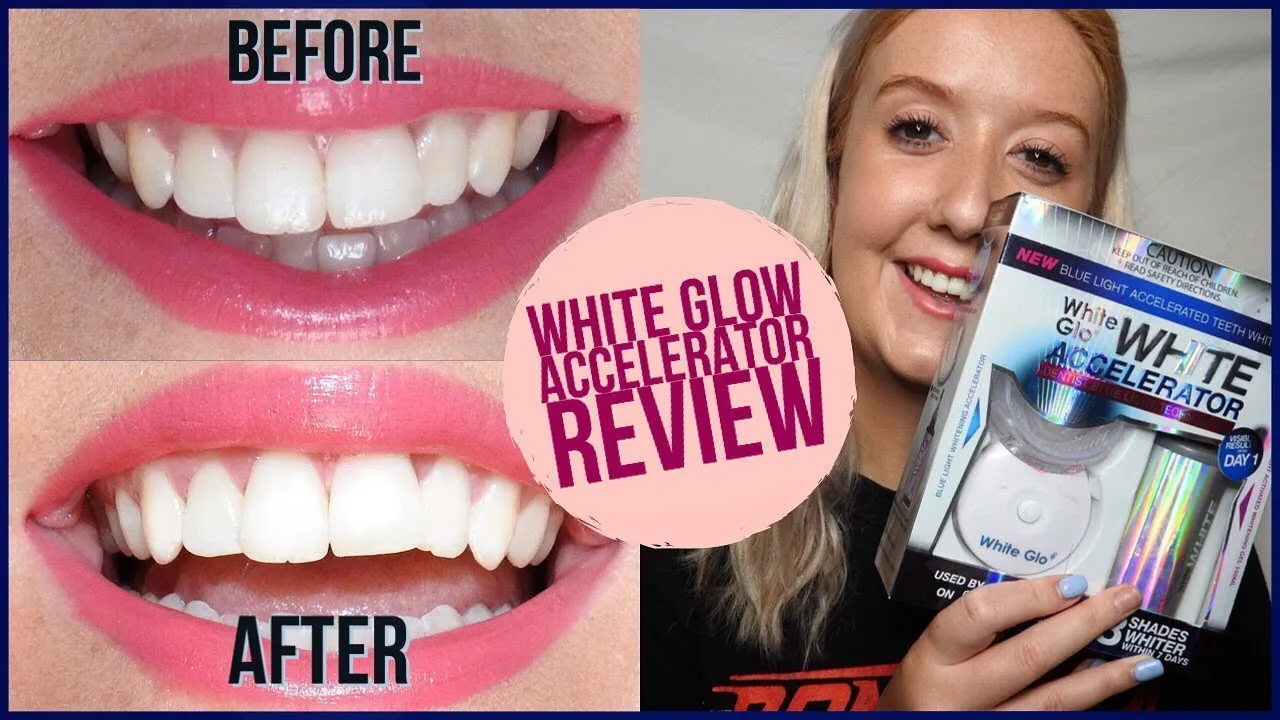
White Light teeth whitening systems usually consist of a whitening gel and a blue LED light device. The gel often contains hydrogen peroxide or carbamide peroxide, which are the active bleaching agents. When the gel is applied to the teeth, the blue light is used to supposedly accelerate the whitening process. The light is designed to activate the peroxide, causing it to break down stains more quickly. Users typically insert a tray containing the gel into their mouth and then use the light for a specified amount of time. The duration and frequency of use vary depending on the specific product. It’s important to follow the instructions carefully to avoid any adverse effects.
The Top 5 Teeth Whitening Methods
There are numerous approaches to teeth whitening, each with its own set of pros and cons. From professional treatments conducted by dentists to over-the-counter products and natural remedies, the options are diverse. The choice of method often depends on individual preferences, budget, and the degree of whitening desired. Knowing what each method entails, their potential benefits, and any associated risks is essential for making an informed decision and achieving the desired results safely and effectively. Considering factors like sensitivity, cost, and long-term maintenance is crucial for a satisfying teeth whitening experience.
Method 1 Professional Whitening
Professional teeth whitening is performed by a dentist in a clinic setting. The procedure typically involves applying a high-concentration bleaching agent to the teeth and using a special light or laser to activate it. The dentist will carefully monitor the process to ensure the safety and effectiveness of the treatment. This method often provides the most dramatic results, with teeth becoming significantly whiter in a single session. The dentist can also address any pre-existing conditions like sensitive teeth before starting. Professional whitening ensures a safe and controlled environment, minimizing the risk of side effects and maximizing the whitening outcome.
Pros of Professional Whitening
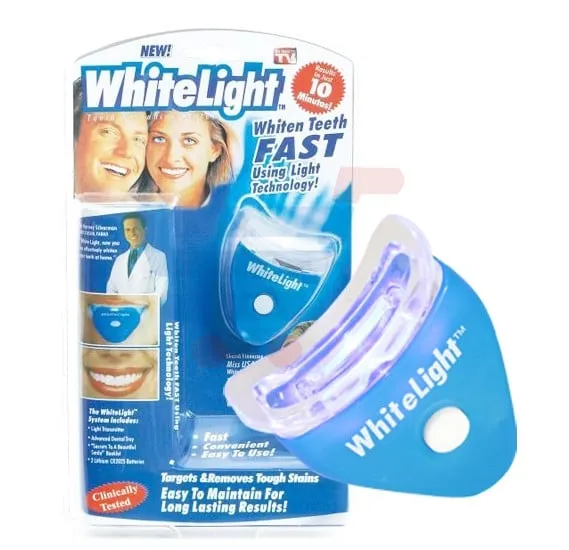
- Significant and immediate results
- Performed under professional supervision, ensuring safety
- Customized treatment based on individual needs
- Addresses underlying dental issues
- Long-lasting effects with proper care
Cons of Professional Whitening
- More expensive than at-home methods
- May cause temporary tooth sensitivity
- Requires multiple appointments
Method 2 Whitening Toothpastes
Whitening toothpastes are a common and accessible option for people looking to brighten their smile. These toothpastes contain mild abrasives or chemical agents that help remove surface stains from the teeth. While they are effective at removing stains from coffee, tea, and other foods, they do not actually change the underlying color of the teeth. Regular use of whitening toothpastes can help maintain a bright smile and prevent the buildup of new stains. They are a budget-friendly option that can be incorporated into a daily oral hygiene routine.
Pros of Whitening Toothpastes
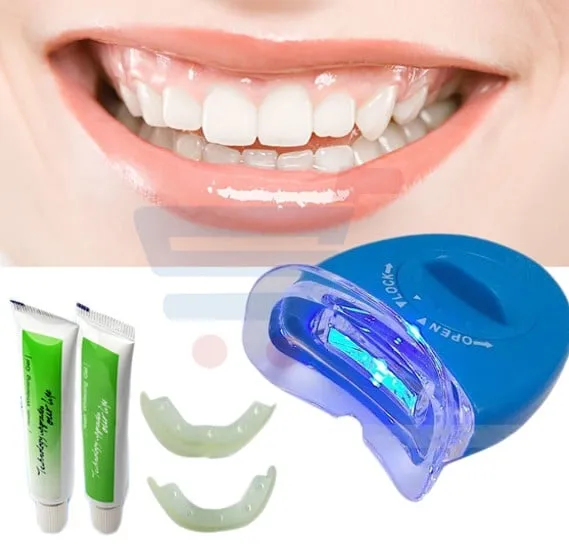
- Affordable and readily available
- Helps remove surface stains
- Easy to incorporate into daily routine
- May improve overall oral hygiene
Cons of Whitening Toothpastes
- May not provide significant whitening
- Can be abrasive, potentially damaging enamel with overuse
- Results may take longer to notice
- Less effective on deeper stains
Method 3 At-Home Whitening Kits
At-home whitening kits provide a convenient and relatively affordable option for teeth whitening. These kits typically include custom-fit trays and a bleaching gel containing hydrogen peroxide or carbamide peroxide. Users apply the gel to the trays and wear them for a specified amount of time each day, following the instructions carefully. The effectiveness of these kits can vary depending on the concentration of the bleaching agent and the length of time the trays are worn. While at-home kits can produce noticeable results, it’s important to follow the instructions and be aware of potential side effects, such as tooth sensitivity.
Pros of At-Home Whitening Kits
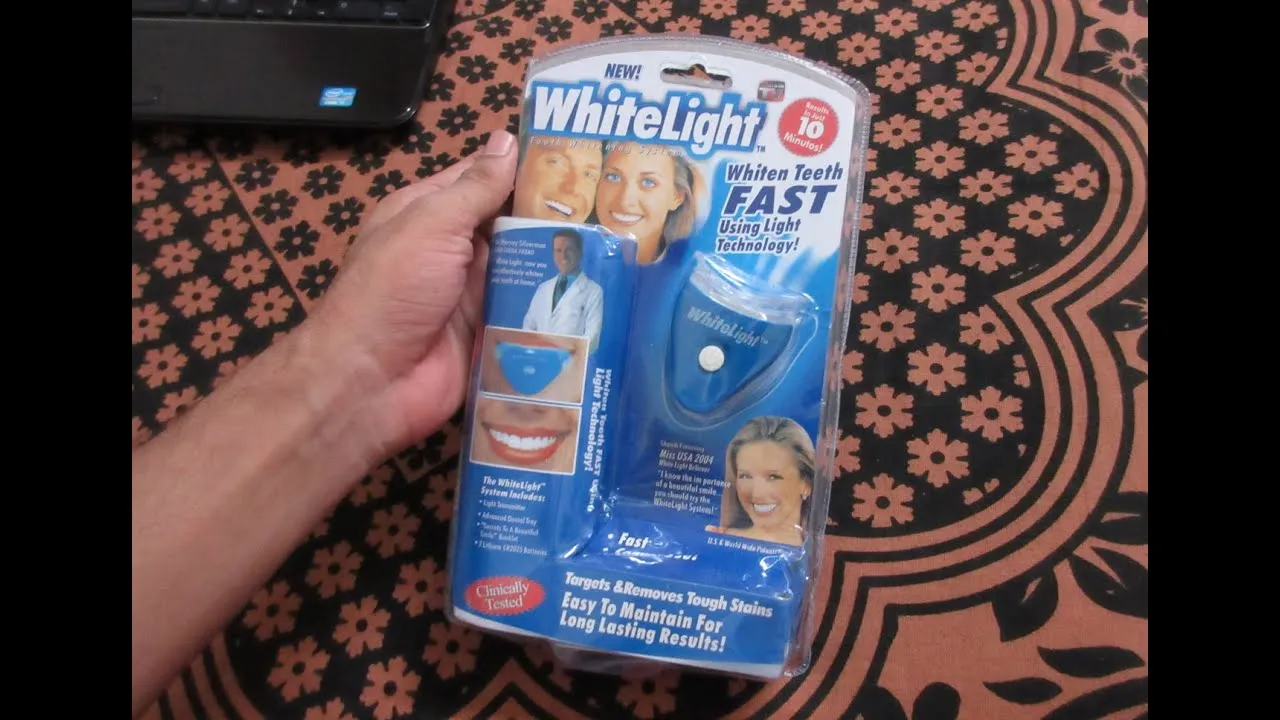
- More affordable than professional whitening
- Convenient to use at home
- Can provide noticeable results
- Allows for gradual whitening
Cons of At-Home Whitening Kits
- Results may take longer to achieve
- Can cause tooth sensitivity and gum irritation
- Less effective for severe staining
- Requires strict adherence to instructions
Method 4 Whitening Strips
Whitening strips are a popular at-home whitening method that is easy to use and readily available. These thin, flexible strips are coated with a whitening gel containing hydrogen peroxide. Users apply the strips to their teeth, following the product instructions, for a specific amount of time each day. The strips are designed to conform to the shape of the teeth, ensuring even coverage. Whitening strips are a convenient option for people looking to brighten their smile, but they may not be as effective for severe staining or discoloration as other methods.
Pros of Whitening Strips
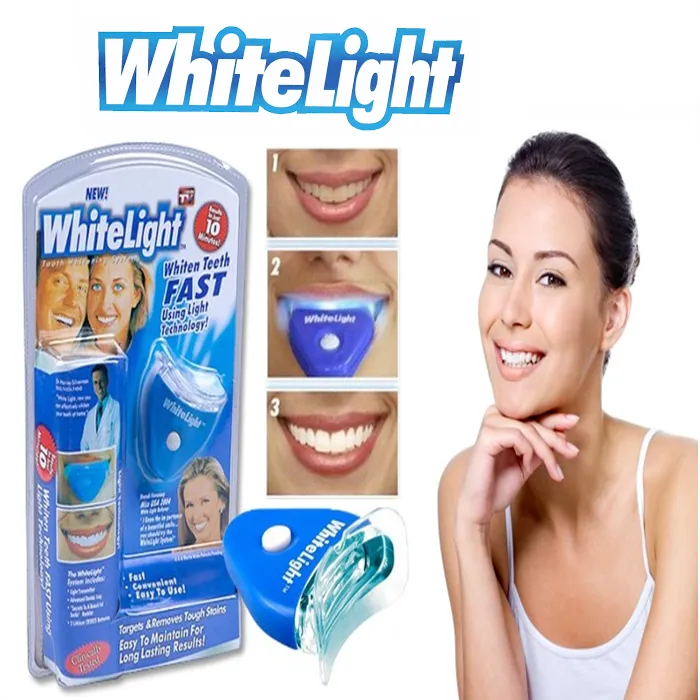
- Easy to use and convenient
- Affordable and widely available
- Can provide noticeable results
- Requires minimal time commitment
Cons of Whitening Strips
- May not whiten teeth evenly
- Can cause tooth sensitivity and gum irritation
- May not be effective for all types of stains
- May not fit all teeth shapes well
Method 5 Natural Remedies
Some people turn to natural remedies for teeth whitening. These methods often involve using ingredients like baking soda, activated charcoal, or fruit peels (such as lemon or orange) to remove stains. While some natural remedies might help remove surface stains, their effectiveness in significantly whitening teeth is often limited. It’s essential to use these methods cautiously, as some ingredients can be abrasive and potentially damage tooth enamel. Consulting with a dentist before trying natural remedies is always recommended, especially if you have sensitive teeth or any existing dental issues.
Pros of Natural Remedies

- Inexpensive and accessible
- Uses natural ingredients
- May help remove some surface stains
Cons of Natural Remedies
- Limited effectiveness
- May damage enamel
- Not scientifically proven
- Can cause irritation
Comparing Whitening Methods
When deciding on a teeth whitening method, comparing the available options is essential. The choice often depends on factors like the desired level of whitening, budget, time commitment, and individual oral health conditions. Each method offers unique benefits and drawbacks. Professional whitening provides the most dramatic and immediate results, but it is the most expensive. At-home kits and whitening strips are more affordable and convenient, but may not be as effective for severe staining and require more patience. Whitening toothpastes are a gentle way to maintain brightness, but their impact is limited. Natural remedies are inexpensive, but their effectiveness is questionable and potential for harm exists.
Effectiveness
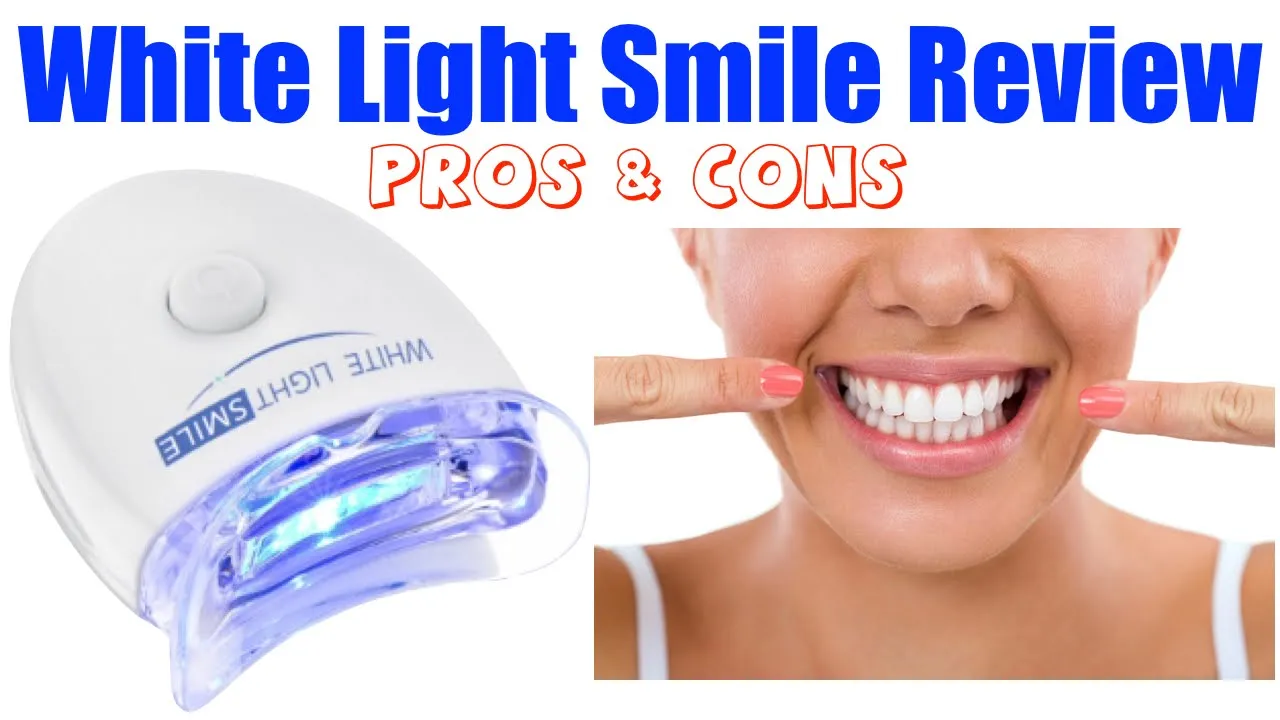
Effectiveness varies significantly among different teeth whitening methods. Professional whitening generally yields the most dramatic and noticeable results, often achieving multiple shades of whiteness in a single session. At-home kits and whitening strips can also be effective, but the degree of whitening depends on the concentration of the bleaching agent and the duration of use. Whitening toothpastes primarily remove surface stains and provide only minimal whitening effects. Natural remedies tend to be the least effective and may not produce any noticeable change in tooth color. It’s important to understand the potential outcomes of each method before choosing.
Cost
The cost of teeth whitening methods varies considerably. Professional whitening is the most expensive option, but the price reflects the expertise of the dentist, the strength of the bleaching agents, and the immediate results. At-home whitening kits and whitening strips are generally more affordable, with prices varying depending on the brand and the number of treatments included. Whitening toothpastes are the most budget-friendly, making them an accessible choice for maintaining a bright smile. Natural remedies are typically the least expensive, but they may not offer any tangible whitening benefits.
Convenience
Convenience is a key consideration when choosing a teeth whitening method. Professional whitening requires appointments with a dentist, which can be time-consuming. At-home kits and whitening strips offer the convenience of being used in the comfort of your own home, allowing for flexibility in scheduling. Whitening toothpastes can be easily incorporated into a daily routine. Natural remedies also offer convenience, as the ingredients are readily available, but they may require more preparation and application time. Choosing the most convenient option depends on your lifestyle and schedule.
Which Method is Right for You?
Determining the right teeth whitening method requires careful consideration of individual needs and preferences. Factors such as the degree of staining, sensitivity levels, budget, and lifestyle all play a role. If you are looking for the most dramatic and immediate results, professional whitening is likely the best option. If you’re on a budget and prefer a convenient solution, at-home kits or whitening strips might be more suitable. For maintaining a bright smile and removing surface stains, whitening toothpastes can be a good choice. It’s always best to consult with a dentist to determine the best course of action based on your specific needs.
Factors to Consider
Several factors should be considered when deciding on a teeth whitening method. The type and severity of the staining on your teeth are important considerations. Some methods work better on certain types of stains. Your dental health is also important. If you have sensitive teeth or other dental issues, you need to consult with a dentist before starting any whitening treatment. Your budget and time commitment play a role. Professional whitening is the most expensive option and can take time, but at-home methods are more budget-friendly and more convenient. Consider your overall oral health, existing dental work, and your desired outcome when selecting a method.
Tips for Maintaining a White Smile
After achieving a whiter smile, maintaining the results is crucial. Regular dental check-ups and cleanings are essential for removing stains and preventing future discoloration. Limiting consumption of stain-causing foods and beverages, such as coffee, tea, red wine, and dark berries, can also help maintain brightness. Brushing your teeth twice daily with a whitening toothpaste and flossing regularly will help remove surface stains and keep your teeth healthy. Consider using a straw when drinking beverages that stain your teeth. Avoiding smoking and other tobacco products is also essential for maintaining a bright, healthy smile. Following these tips ensures that your teeth stay white.
Conclusion
Teeth whitening offers a variety of methods to achieve a brighter smile. From professional treatments to at-home kits and natural remedies, there are options for everyone. By understanding the different methods, their effectiveness, costs, and convenience, you can make an informed decision that suits your needs. Maintaining a white smile involves choosing the right method, following all instructions carefully, and practicing good oral hygiene. Consulting with a dentist can provide personalized advice and help you achieve a healthy and beautiful smile. Teeth whitening can significantly boost your confidence and overall appearance, offering a brighter, more radiant smile.
